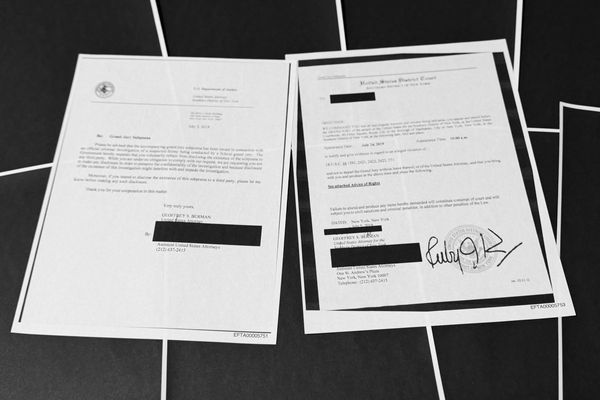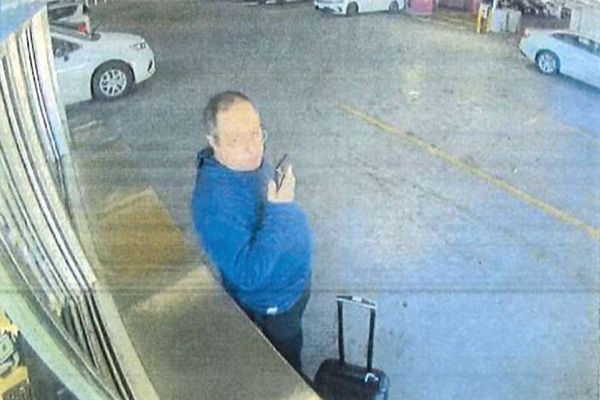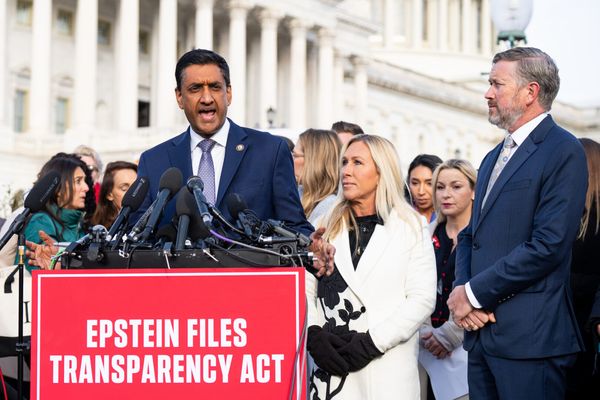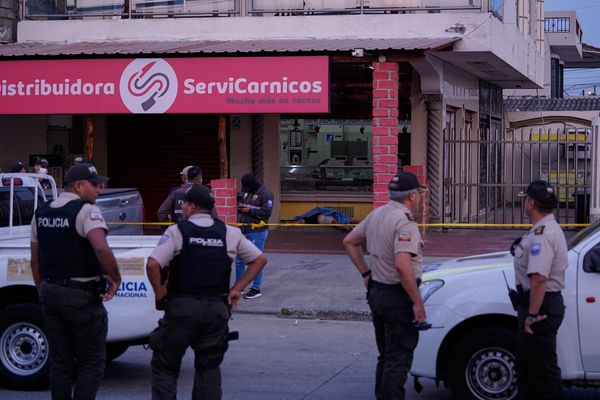It’s a common misconception that Robert Redford founded the Sundance Film Festival.
In fact, the event was first established in 1978 by Sterling Van Wagenen, then head of Redford’s company Wildwood Enterprises, along with John Earle and Cirina Hampton-Catania of the Utah Film Commission.
Originally called the Utah/United States Film Festival, its mission was to showcase independent cinema and highlight filmmaking in Utah. That inaugural year in Salt Lake City featured retrospective screenings of Deliverance, A Streetcar Named Desire, and Mean Streets, among others.
However, its early years struggled to attract the status and spotlight that it would go on to achieve. Utah’s strict alcohol laws dampened any chance of competing with the glamorous party scenes of Cannes or Venice, leaving the event without the international draw it craved.
Enter Redford, who took the reins of the festival in 1981 when he created The Sundance Institute, alongside Van Wagenen. The actor was already a Hollywood A-lister and had recently won the Best Director Oscar for his directorial debut, the family melodrama Ordinary People.
The institute sought to actively promote young and aspiring directors, in the hope of becoming a breeding ground for fresh, exciting talent. The festival was also moved away from Salt Lake City to the nearby mountain village of Park City and would now take place in the winter to attract tourists for the ski season. More importantly, it was renamed to the Sundance Festival, after Redford’s breakout role in Butch Cassidy and the Sundance Kid (1969) and his Utah ski resort of the same name.

Through the Eighties, Nineties, and early 2000s, Sundance grew rapidly in stature, launching the careers of filmmakers such as Steven Soderbergh, Quentin Tarantino, Kevin Smith, Darren Aronofsky, and Paul Thomas Anderson. It also brought wider attention to smaller productions like Little Miss Sunshine, Donnie Darko and The Blair Witch Project, that may otherwise have gone unnoticed.
By the 2010s, the festival had cemented its reputation not only as a showcase for bold independent cinema but also as a springboard into awards season. Breakout titles included Beasts of the Southern Wild, Whiplash, and Fruitvale Station. In 2016, Kenneth Lonergan’s Manchester by the Sea became the first Sundance-backed film to receive six Oscar nominations. In 2022, Coda, a drama about a young woman and her deaf family, became the first-ever Sundance film to win Best Picture at the Academy Awards.
The festival also branched out overseas, launching spin-offs in London and Hong Kong. Earlier this year, it was announced that the festival’s new home would be Boulder, Colorado, keeping Sundance in the mountains but moving it out of Park City. Organisers said that after 40 years in the mountains, the festival had outgrown its old location and lacked the necessary theatres or affordable housing to continue hosting what has become one of North America’s most sprawling movie events.
Speaking to the BBC in 2014, Redford said that Sundance’s mission to develop new artists and give them a platform hadn’t changed. “We are who we are and we’ll stay who we are,” he added. “And if I had a message for other festivals who want to do the same thing, I guess it would be ‘don't even try.’”
Although Redford stepped back from the festival’s leadership in 2019 to serve primarily as a figurehead, Sundance will likely stand as his greatest legacy beyond the screen. While the curtain has now fallen on his extraordinary career, his passion for nurturing independent voices in cinema will continue to resonate through the festival he helped transform into a global institution.







